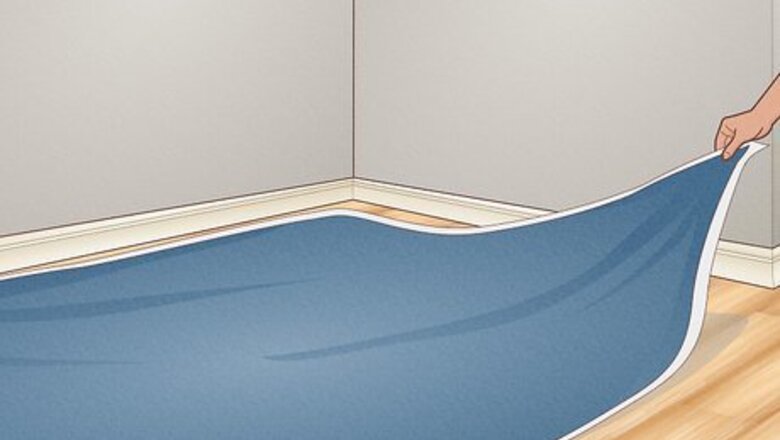
views
Cover the floor with a protective material.
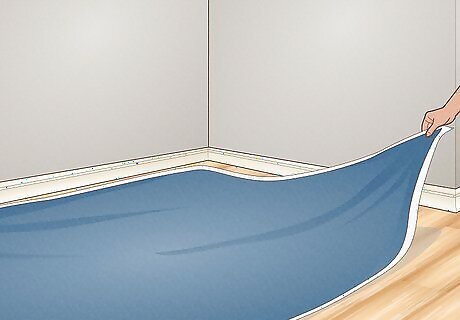
Gypsum ceiling tiles tend to crumble around the edges, especially as they get older. If you want to keep this debris from getting onto your floors, lay down something to protect them, such as sheets of newspaper. A tarp is ideal if you are removing large amounts of ceiling tile.
Position a chair or stepladder underneath the tile.
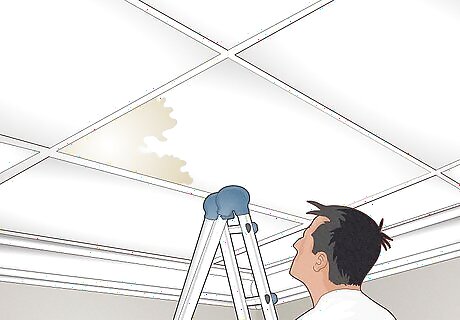
If your ceilings are out of your reach when standing up, you'll need to stand on top of something. This is useful even if you are tall enough to reach the ceiling, because it produces a more comfortable angle, which allows you to remove the tile with less damage to its edges.
Lift the tile out of the ceiling frame.
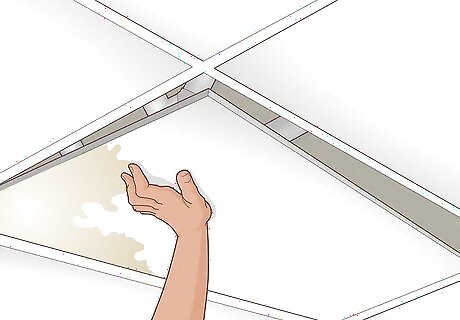
Each ceiling tile in your suspended ceiling will be held in place by resting on the T-shaped metal frame (the component that forms a grid across your ceiling). Gently push the tile upwards to lift it out of the frame. Use both hands to avoid damaging the tile and generating debris.
Angle the tile so that it fits through the opening.
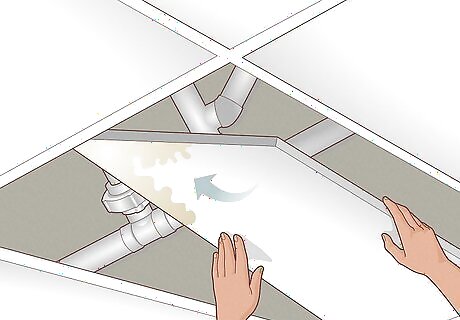
The ceiling tile will be a little larger than the opening so that it can rest securely on the frame without falling through. To remove it, rotate it about 45 degrees in the space above the ceiling. The tile should easily fit through the square opening when positioned along the diagonal.
Pull the ceiling tile out of the frame.
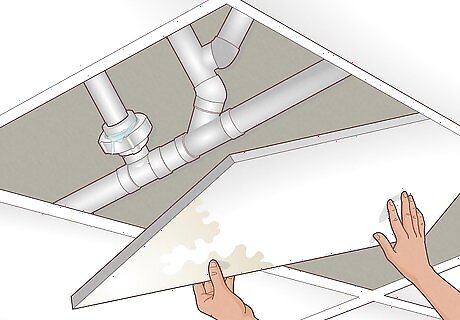
Gently lower the tile through the frame, and set it onto your protective floor covering. Repeat this process for any other tiles that need to be removed. Gypsum tiles can be discarded in the garbage or recycled at select recycling depots that accept construction waste. Your floor covering can then be carefully discarded along with any debris.
Address any issues causing damage to the tile.
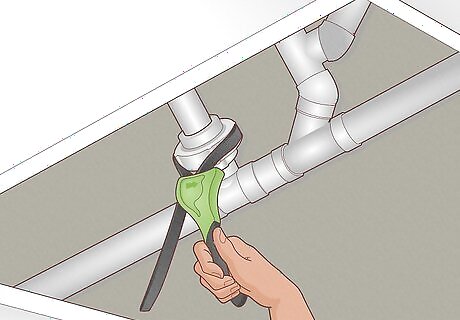
A common reason for replacing ceiling tiles is water damage, which readily causes discoloration and deterioration. Water damage is usually caused by a leaky pipe above the ceiling, and you must address this problem before replacing the ceiling tile.
Replace the old ceiling tile with a new one.
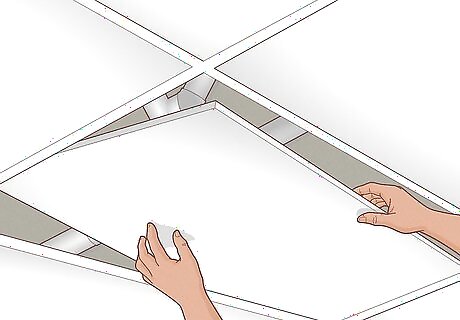
The new tile can be eased into the frame along the diagonal just as you removed the old one. Lower it gently into the frame, being careful not to damage any of the edges in the process.




















Comments
0 comment